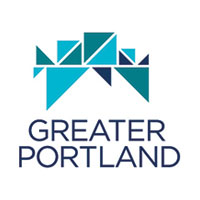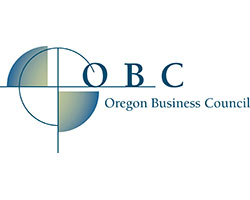2018 VALUE OF JOBS ECONOMIC CHECK-UP
Report Home // Portland’s Story // East Multnomah County // Prosperity & Productivity // Opportunity & Affordability // Workforce & Investment Climate // Why This Matters
Over the last decade, the Value of Jobs coalition has tracked the growth and expansion of our economy in an annual Economic Check-Up, conducted by ECONorthwest and led by the Portland Business Alliance. This check-up continues to track strong economic expansion, record employment and population growth. At the same time, it also sheds light on continuing challenges, most notably: A lack of housing supply and affordability, increased congestion, and disproportionate prosperity for all.
The Value of Jobs report started in 2010 as a method of comparing the region’s current economy to the depths of the recession. It soon transitioned to a measurement of annual progress and recently included a reference check on how we’re doing compared with other U.S. regions. Trusted bellwethers of economic strength, such as median household income (MHI), educational attainment, industry growth and exports as a share of gross domestic product (GDP), are just a few of the measurements used to evaluate our region’s performance.
The 2018 data shows positive trends indicating greater economic equality. However, as expected, the Portland region’s rapid growth in recent years is starting to plateau as we approach a record-long period of economic expansion.

2018 Executive Summary (pdf) |
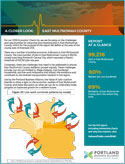
Executive Summary (pdf) |
report at a glance
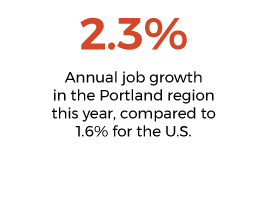


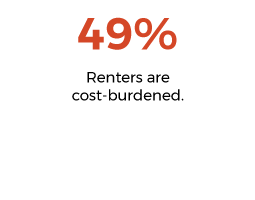
PORTLAND REGION ECONOMIC OUTCOMES
The 2018 data shows positive trends indicating greater economic equality. However, as expected, the Portland region’s rapid growth in recent years is starting to plateau as we approach a record-long period of economic expansion.
Despite the region’s slowing growth, employment and population continue to grow at a faster rate than the national average. In fact, both employment and population in the Portland region have grown by 27 percent since 2000. Where the region falls short is its housing supply. The gap between employment and population growth in the region, and the change in supply of housing units continues to be a challenge. See Figure 1. Producing fewer units of housing than the region’s population growth has put pressure on prices and prolonged the housing affordability crisis.
A key measurement that points to the slowing of our economy is the change in employment growth since 2010. The Portland region’s annual employment growth has exceeded the national average every year since 2011 and hit peak growth in 2015 at 3.34 percent. In 2018, the rate of growth slowed to 2.3 percent. See Figure 2. As we reach the end of this economic expansion, tracking the rate of employment growth compared to population growth will be key to maintaining an economically thriving region
While construction was the fastest-growing industry, its growth slowed to 7 percent in 2018, compared to the 11.5 percent growth experienced in 2017. Despite this trend, the industry still remained above the 4 percent growth experienced at the national level. See Figure 3. The Portland region’s largest industry, education and health services, saw a 4 percent uptick to nearly 183,000 jobs in 2018. See Figure 4.
As was the case in 2017, MHI by race and ethnicity show continued gains. See Figure 5. In fact, all groups earned more in 2017 than in 2010. However, disparities remain as prosperity is not shared equally.
Though the population size is too small to accurately track annually, a five year average shows American Indian/Alaska Native and Native Hawaiian/Pacific Islander MHI is well behind White households at $55,844. Coupled with the rising cost of living, these disparities increase the likelihood of geographic and economic displacement among the region’s communities of color unless this inequality is addressed.
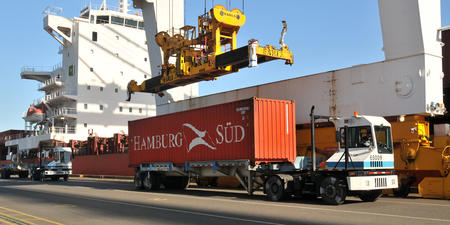
Prosperity & Productivity
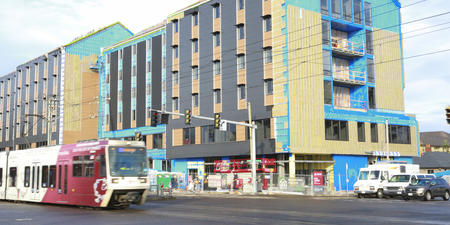
Opportunity & Affordability
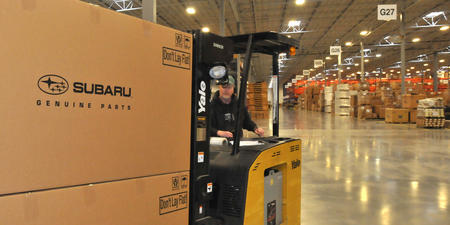
Workforce & Investment Climate
why this matters
Good news for the region:
- Population and employment growth exceed U.S. average.
- Residents are becoming more educated.
- Strong growth in the foreign-born population with a bachelor’s degree or higher.
- Manufacturing remains a stronghold.
- Personal income surpassed the U.S. metro average per capita for the first time.
- International trade leads all regions except Seattle.

Opportunities & Challenges
Housing affordability remains perhaps the most pressing problem our region faces. The short-run challenge is to protect households who are most vulnerable.
East Multnomah County
Focus on the future
This report makes clear the imperative to focus on economic disparities if our region is to continue its strong economic performance. As our community continues to grow, this annual report serves as a key tool for policymakers and stakeholders to identify areas of focus to ensure a world-class region with opportunities and prosperity for all.

